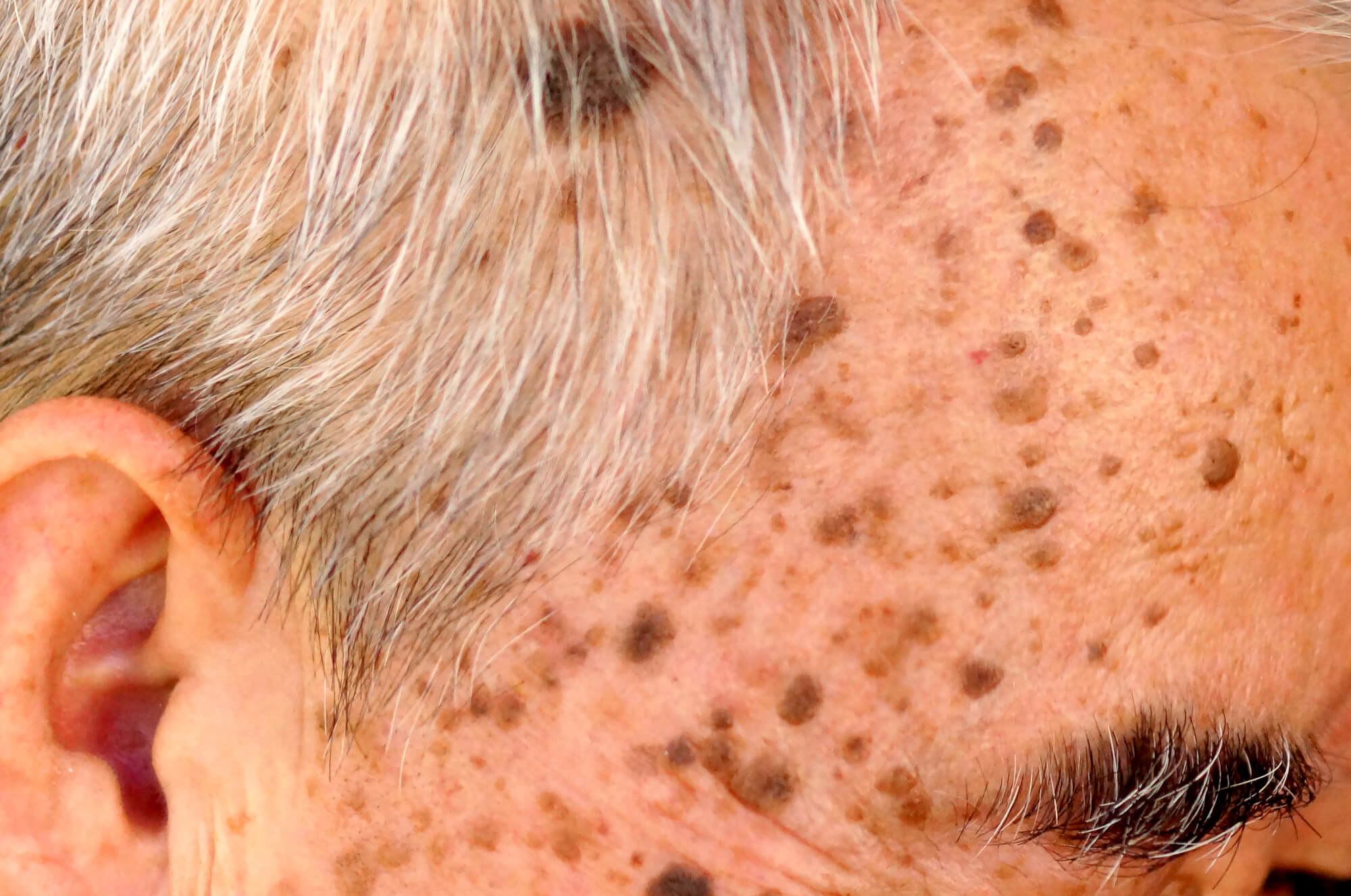
If you have an abnormal skin growth, it is critical that you monitor your condition, as well as have it examined by a dermatologist should any changes occur.
If you have an abnormal skin growth, it is critical that you monitor your condition, as well as have it examined by a dermatologist should any changes occur.
Benign skin growths are caused by abnormal proliferation of skin cells, some of which develop through unclear bodily mechanisms. Such skin growths are non-cancerous, and do not invade or spread to other parts of the body.
Skin tags are common, benign flesh-coloured to brown skin growths. They are commonly found in skin folds such as the neck, armpits, and groin, although they can occur just about anywhere on the body. Occasionally, skin tags may twist and strangulate their blood supply, resulting in pain. Trauma and irritation can also occur from rubbing against clothing or jewelry.
There is an increased risk for overweight individuals, pregnant women and those with other family members who have skin tags. Skin tags may be left alone without treatment. However, if treatment is desired, this can be achieved with simple snip / shave excision, lasers or electrocautery.
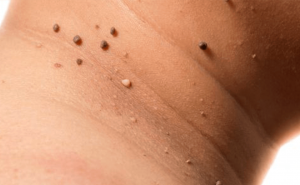
Seborrhoeic keratoses present as scaly, brown, somewhat greasy skin growths that vary in size and thickness and often appear to be “stuck” onto the skin surface.
They can occur on any skin surface but are most commonly found on the face, neck, trunk and upper limbs. Seborrheic keratoses can increase in numbers with advancing age and with chronic sun exposure.
Treatment is usually not necessary unless they become itchy, irritated or of cosmetic concern. Treatment options include cryotherapy (liquid nitrogen), scrapping of the skin (curettage or cautery) or laser therapy. The risk of recurrence is high.
Sometimes a darkly pigmented seborrheic keratosis may look like a cancerous mole. In these cases, a small skin biopsy may need to be taken for microscopic examination.
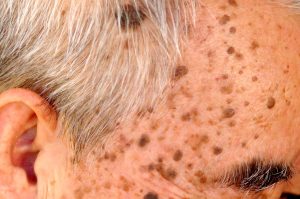
Cherry angiomas are small, benign growths made up of blood vessels. They present as small red lumps and can appear anywhere on the body but are more common on the trunk and limbs. These growths can bleed if traumatised. Cherry angiomas occur in adults and can increase in number with age.
Treatment is not required unless they become itchy, bleed or cause cosmetic concern. Treatment options include cryotherapy (liquid nitrogen), electrosurgery or laser ablation.
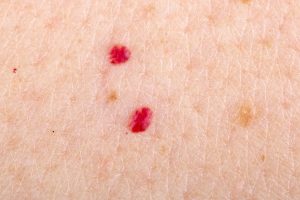
Sebaceous hyperplasia are benign skin growths made up of enlarged oil (sebaceous) glands. They occur in adults and are more common in males and in organ transplant patients. They present as small, flesh-colored to yellow bumps, most commonly found on the face.
Sometimes, sebaceous hyperplasia can mimic skin cancers and a small skin biopsy may need to be taken for microscopic examination to confirm the diagnosis.
Treatment otherwise, is purely for cosmetic reason, and includes cryotherapy (liquid nitrogen), electrosurgery or laser ablation.
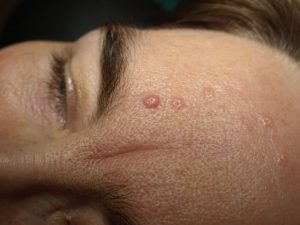
Epidermal cysts are common skin lumps that are usually found on the face, scalp or upper trunk of adults. They present as flesh-colored, firm lumps with a central opening (punctum). A smelly, whitish, cheesy material can sometimes be extruded from the punctum.
When epidermal cysts rupture, inflammation, infection and pain may occur. Treatment of infected cysts requires surgical removal, including surgical drainage, warm compresses, injection of corticosteroids and oral antibiotics. Inflammation/infection should be allowed to subside prior to surgery.
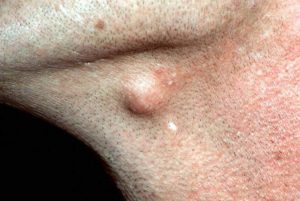
Dermatofibromas are benign skin growths that represent overgrowth of fibrous tissues. They present as firm lumps with a dusky red to brown colour. Dermatofibromas are most commonly found on the limbs and are more common in women. They can occasionally be painful on pressure but are usually asymptomatic.
Treatment is only required if it is causing symptoms. Treatment options include surgical removal or injection of corticosteroid.
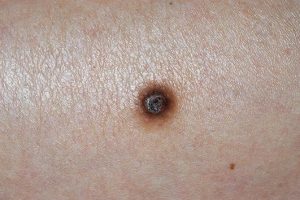
Lipomas are fairly common benign tumours that represent overgrowth of fatty tissue in the skin. Lipomas present as solitary, soft, mobile bumps that grow very slowly, with eventual stabilisation and little tendency to regress. They can vary in size from very small to rather large.
Lipomas are usually asymptomatic but may become painful. Treatment is usually not necessary, but if required or medically indicated, it will be through either surgical excision or liposuction.

Pyogenic granulomas appear as small, deep red or purple lumps that can bleed after trauma, or appear during pregnancy. These lesions may resolve but surgical removal is indicated if persistent bleeding occurs.
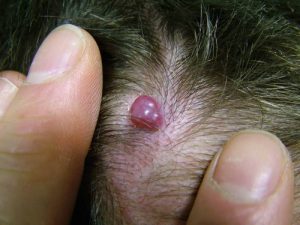
Gleneagles Medical Centre
6 Napier Road, #06-01
Singapore 258499
Clinic Hours:
Monday, Tuesday, Thursday & Friday
8am to 1pm
2pm to 5pm
Wednesday and Saturday
8am to 12pm
Contact Information
T: +65 6254 6646
F: +65 6259 9853